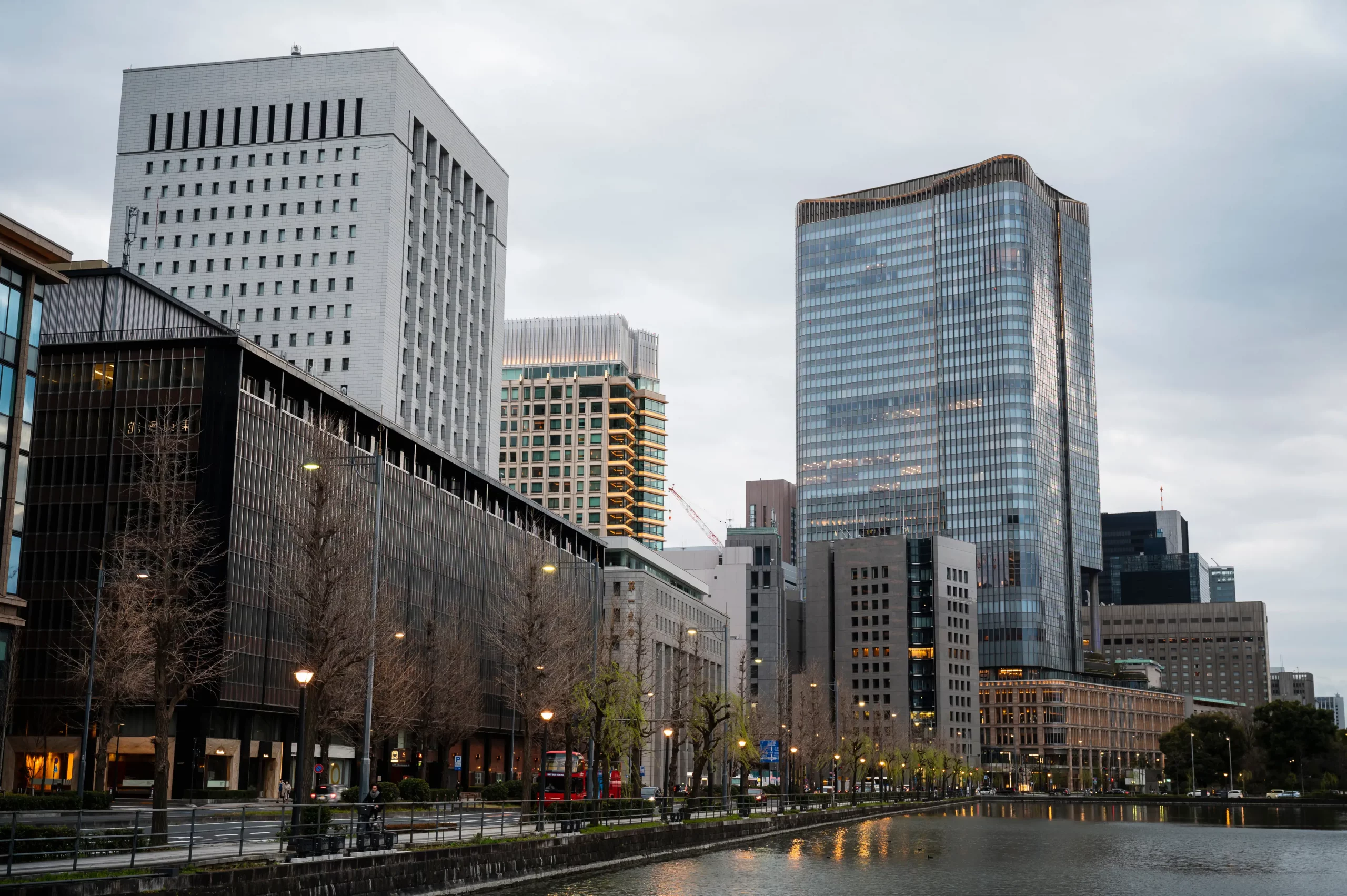

Call any time
0208 143 7779


Converting vacant commercial properties into residential dwellings is a savvy investment strategy that can significantly boost your property portfolio returns. However, this lucrative avenue requires careful planning, an understanding of regulatory requirements, and strategic financing.
In this comprehensive guide, we outline step-by-step how to buy a vacant commercial property and successfully convert it into residential use, maximising your returns and ensuring compliance.
With changing market dynamics, many vacant commercial spaces offer greater value as residential units, providing investors:
Converting commercial property into residential involves several critical steps. Below is a structured approach to streamline the process.
Look for commercial properties that: Are in residential or mixed-use areas. Have been vacant long-term and offer good value. Are structurally adaptable for residential use (e.g., offices, shops, warehouses).
Engage professionals (architects, surveyors, planners) to assess: Structural integrity and renovation requirements. Viability of gaining planning permission. Cost estimates for conversion work.
Most conversions from commercial to residential require planning permission or permitted development approval: Check local council guidelines and permitted development rights (Class MA in England permits easier conversions under certain conditions). Submit clear plans and ensure compliance with local regulations.
Common financing options include:
Case Study Example:
Emma purchased a vacant retail unit for £150,000 using a bridging loan. She obtained planning permission for residential conversion, secured development finance, and created three flats. The property’s new residential value increased to £450,000, substantially boosting her equity.
Work closely with qualified builders and contractors to: Meet building regulations for residential properties (e.g., fire safety, insulation). Ensure high-quality finishes to attract prospective tenants or buyers.
Upon completion:
Planning Permission Delays
Engage a planning consultant early to streamline applications and avoid rejections or delays.
Unexpected Costs
Build a 10-20% contingency fund into your project budget to manage unforeseen expenses.
Financing Difficulties
Use specialist lenders experienced in commercial-to-residential projects, such as bridging loan providers or development finance specialists.
James bought an empty office block at auction for £250,000. With planning permission granted under Class MA permitted development, he converted it into six high-quality apartments for £120,000. Upon completion, the property’s value soared to £800,000. James refinanced the property onto a long-term mortgage, recouping his investment and generating monthly rental income.
A: Often yes, but certain conversions (e.g., Class MA permitted development rights) may not require full planning permission. Always confirm with your local planning authority.
A: Offices, retail units, and small warehouses typically convert easily. Larger industrial spaces may require more extensive renovations.
A: Most conversions take between 3 to 12 months, depending on the size, complexity, and local planning timescales.
A: Bridging loans or development finance are ideal, providing quick access to funds and staged drawdowns for renovation costs.
At Auction Finance, we specialise in bridging loans and development finance for property conversions. Let our experts guide you through your next profitable project.
(C) 2025 Auction Finance is a trading name of Mortgage Knight Ltd